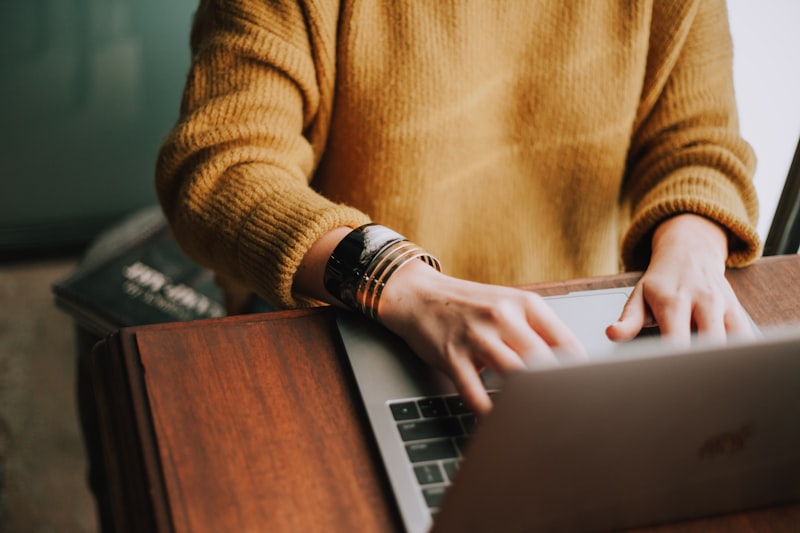Minimalist coding setup
Practical steps for reducing digital overwhelm, increasing productivity, and enjoying a clearer mind—all through minimalism in your tech life.
The Art of Digital Minimalism: How to Declutter Your Tech Life
In a world flooded by notifications, emails, and apps clamoring for your attention, digital minimalism is the art of intentional technology use. It's about making space—mentally and digitally—so you can focus on what matters and get more done, with less stress.
Think about it: How many times have you checked your phone today? How many browser tabs do you have open right now? The average knowledge worker switches tasks nearly 300 times a day. No wonder we're exhausted!
1. Audit Your Digital Clutter
Start by looking at your daily tech routine:
- Home screen: Remove apps you rarely use. Group by function, not by color or brand.
- Desktop: Keep only what you need for the day. Archive or delete old files weekly.
- Email: Unsubscribe from newsletters you never read. Use folders and rules to keep things organized.
2. The 3-Tool Rule
Pick just three main tools for your work—like a note-taking app, a calendar, and a task manager. Let these be your 'digital desk' and try to avoid switching between a dozen different apps for the same thing.
- Notes: Obsidian, Notion, or Apple Notes—pick your favorite and stick to it.
- Tasks: Todoist, Things, or a simple paper notebook.
- Calendar: Google Calendar, Outlook, or any basic calendar app you like.
This rule helps you save mental bandwidth and makes it easy to find things.
"You can do anything, but not everything." — David Allen
3. Declutter Your Codebase
Digital minimalism isn’t just for your workspace—it’s for your code too. Here’s how to keep your dev life simple:
- Archive or delete old side projects you never touch.
- Refactor code often. Remove unused functions and dead files.
- Keep documentation in a single place (like a README.md or Wiki).

4. Mindful Notifications
Do you really need to know instantly when every app pings you? Batch your notifications—check emails and messages at set times, not every five minutes. Turn off push notifications for anything that isn’t urgent or essential.
5. The Digital Detox Habit
- Pick one day a week (or even just one evening) for a “tech sabbath.”
- Log out of social media and email. Put your phone on airplane mode.
- Spend time offline—read a book, cook, or just go for a walk.
You'll return refreshed, with more energy and focus.
Conclusion
Digital minimalism isn’t about giving up tech—it’s about using it consciously. With a few intentional changes, you can free up your mind, work more effectively, and enjoy your life—online and offline.
Ready to give digital minimalism a try? Start with one small step today—and see how much lighter your digital life can feel.